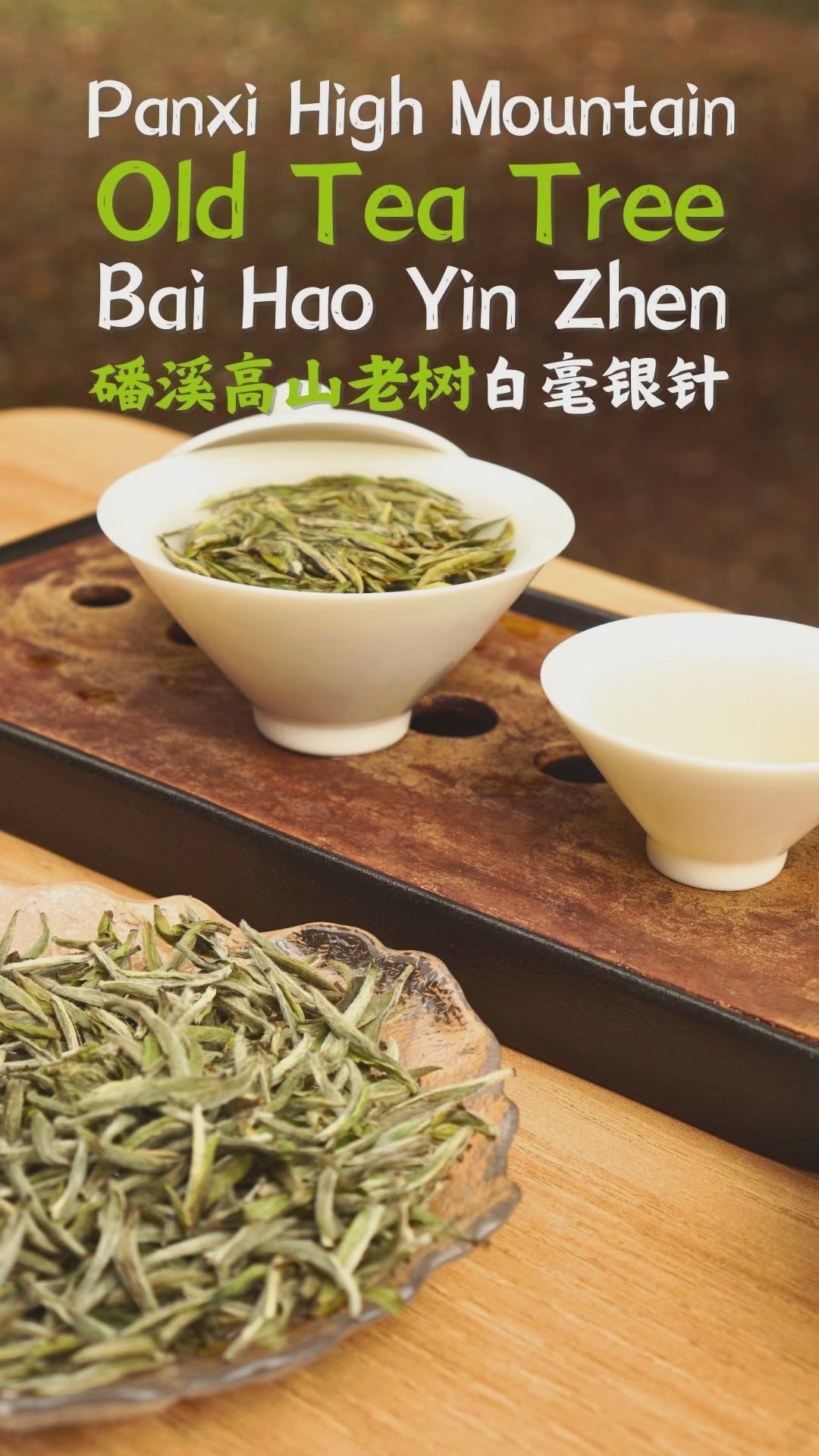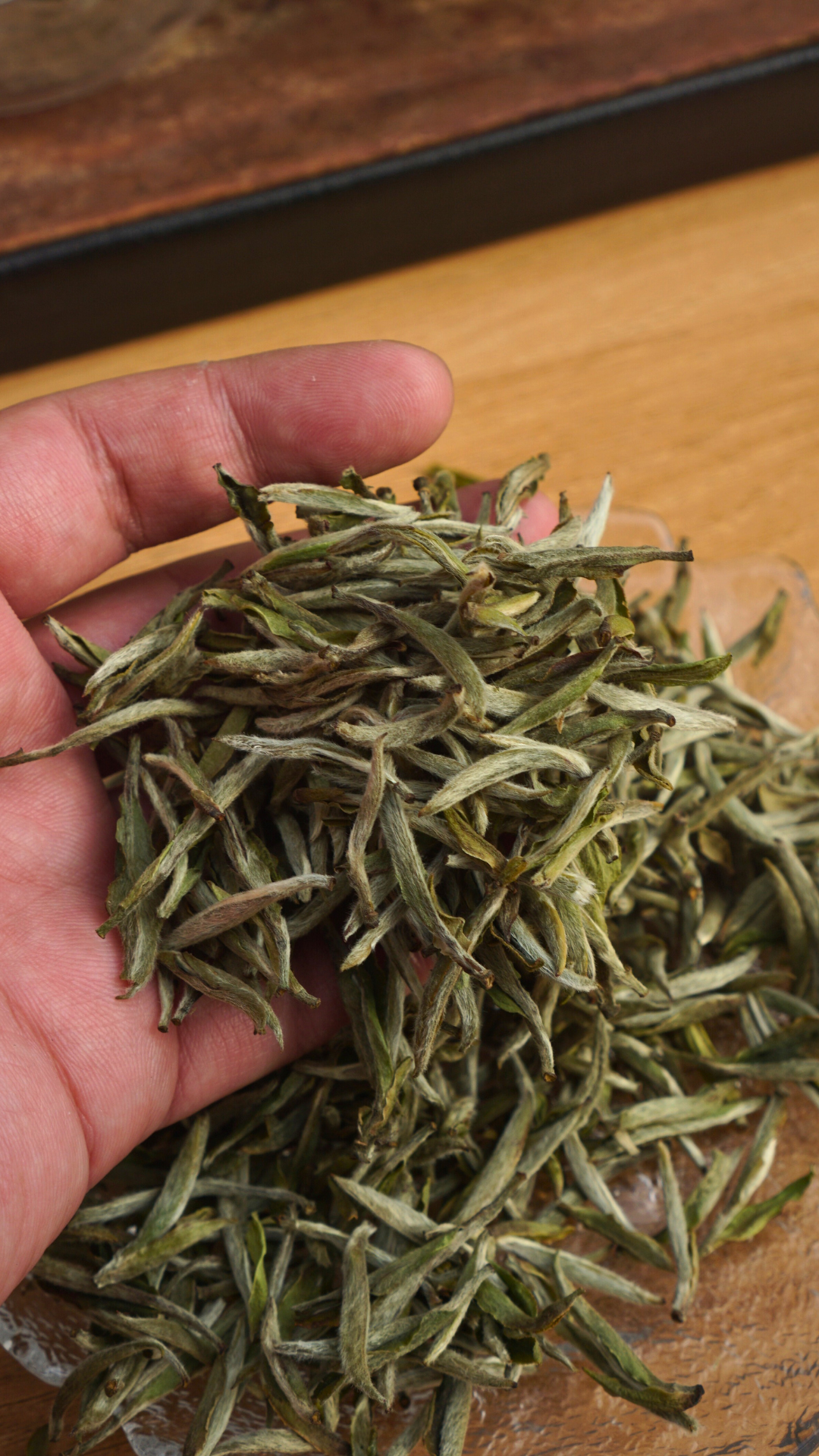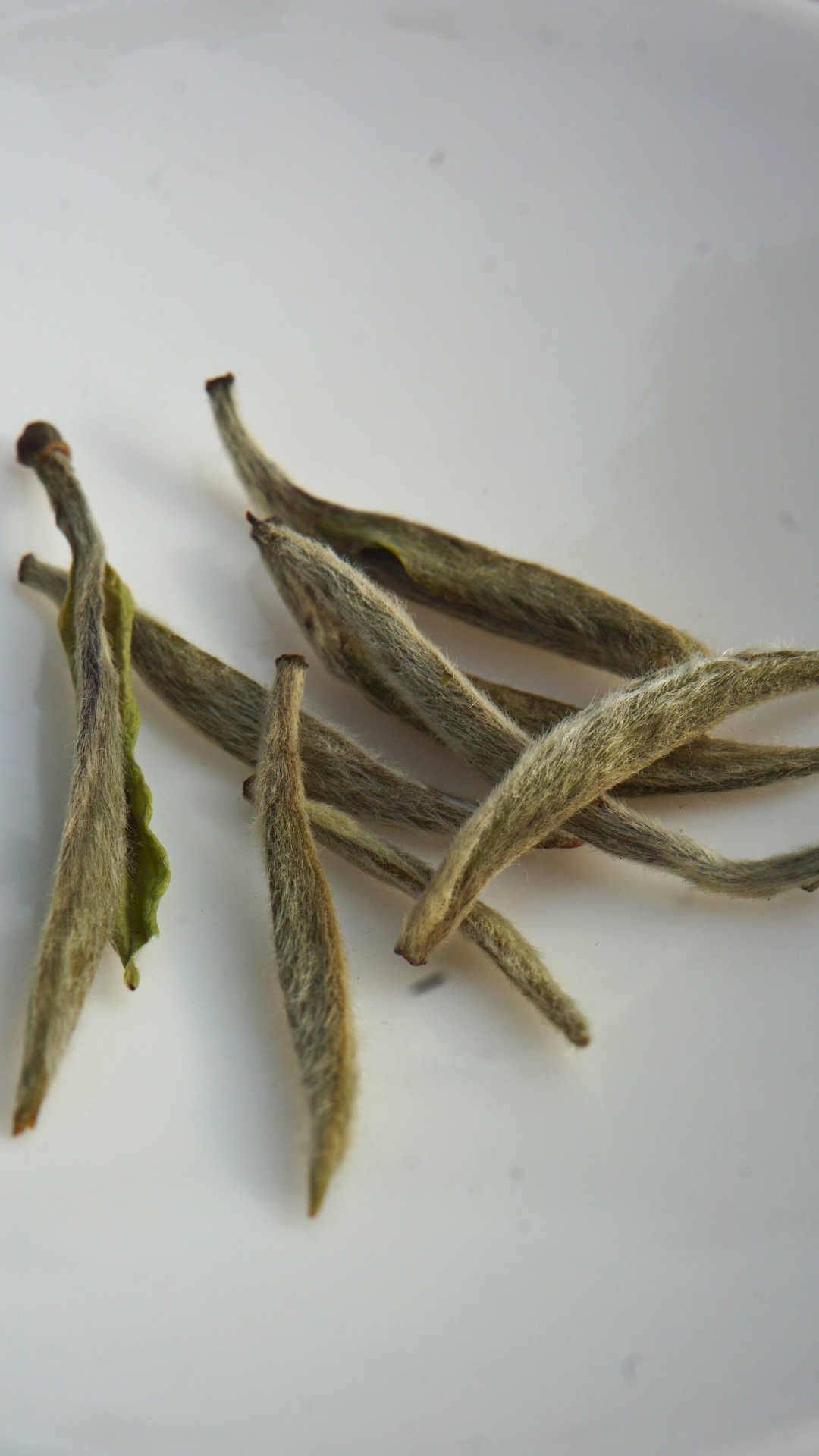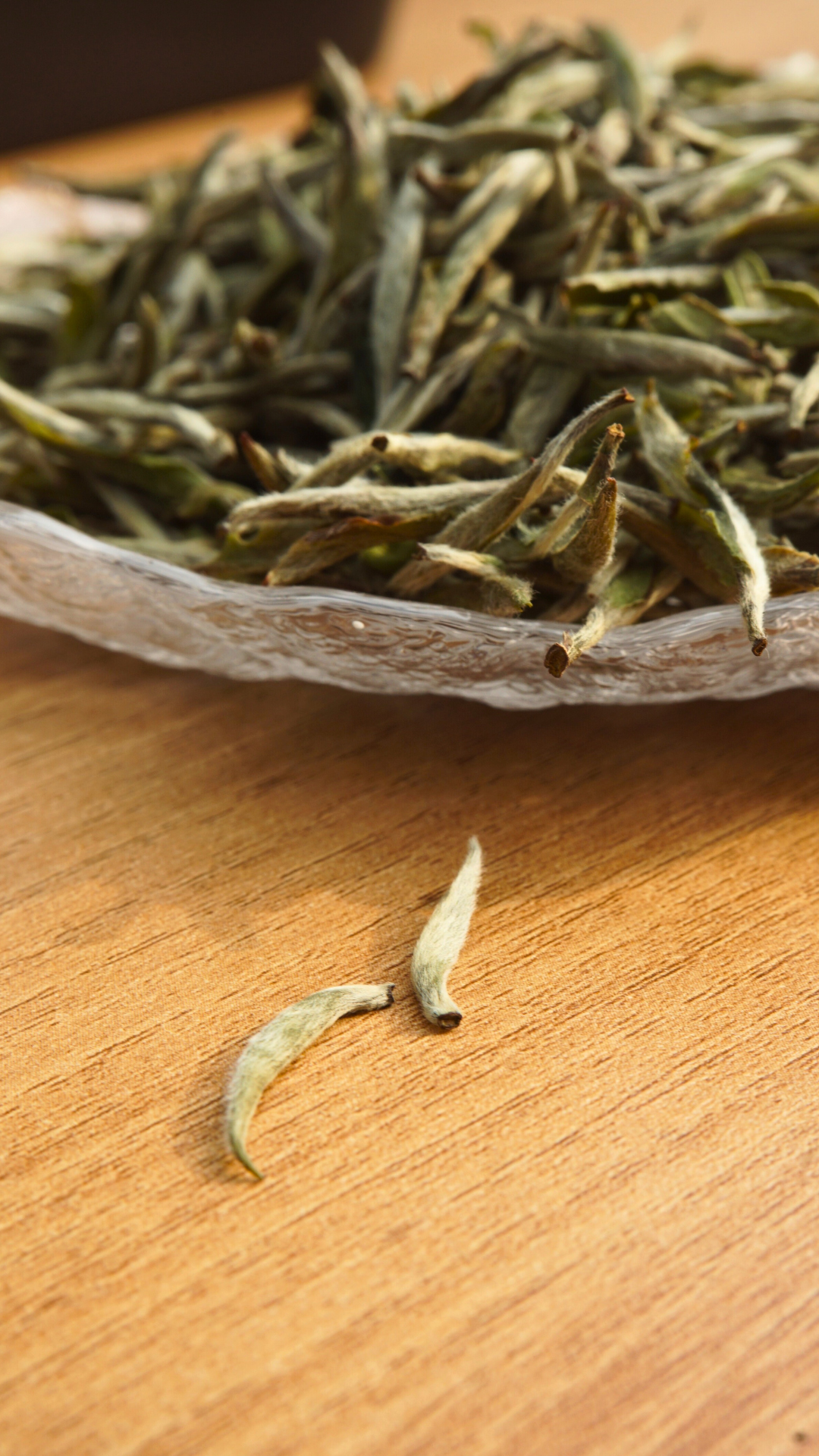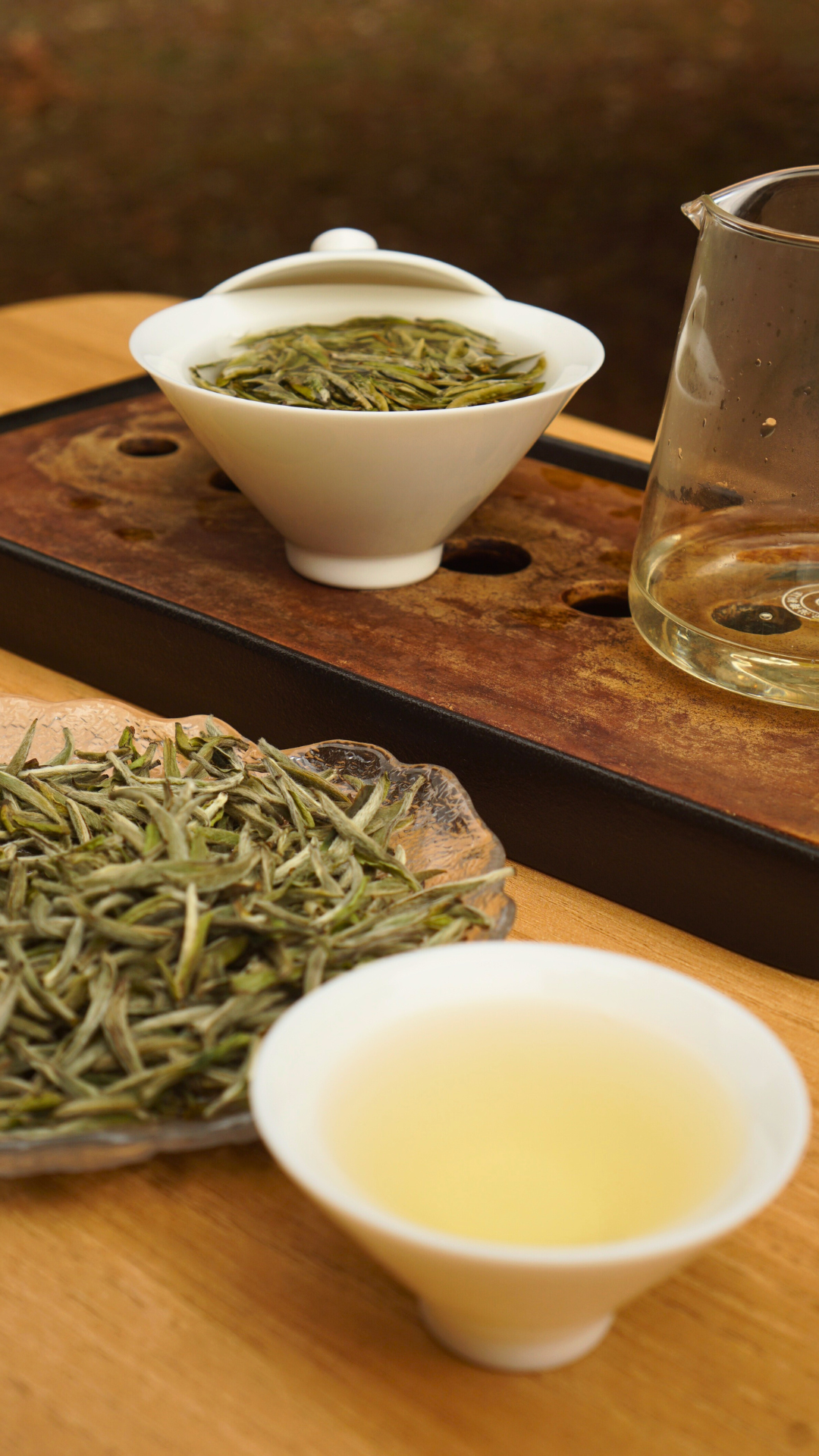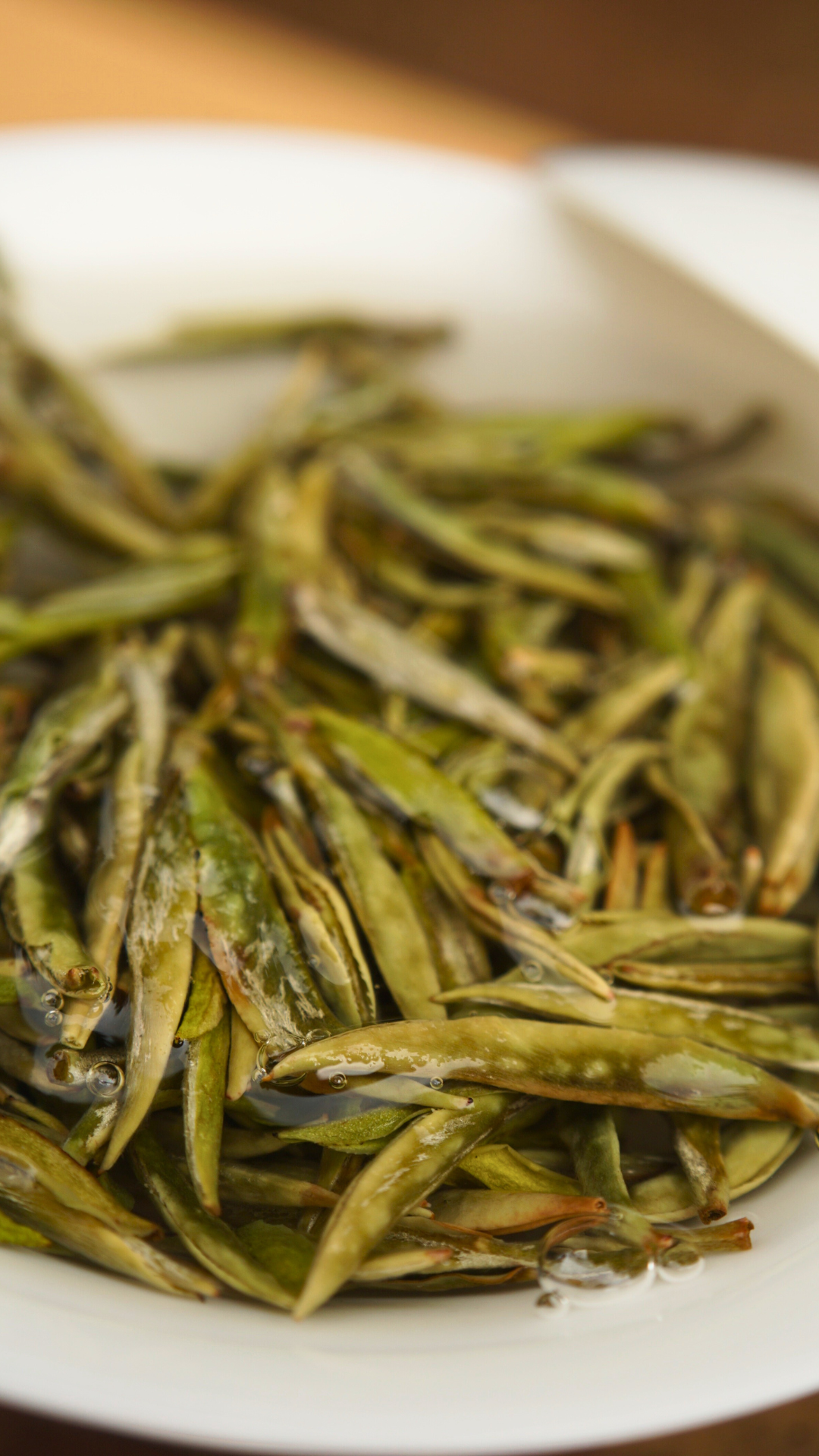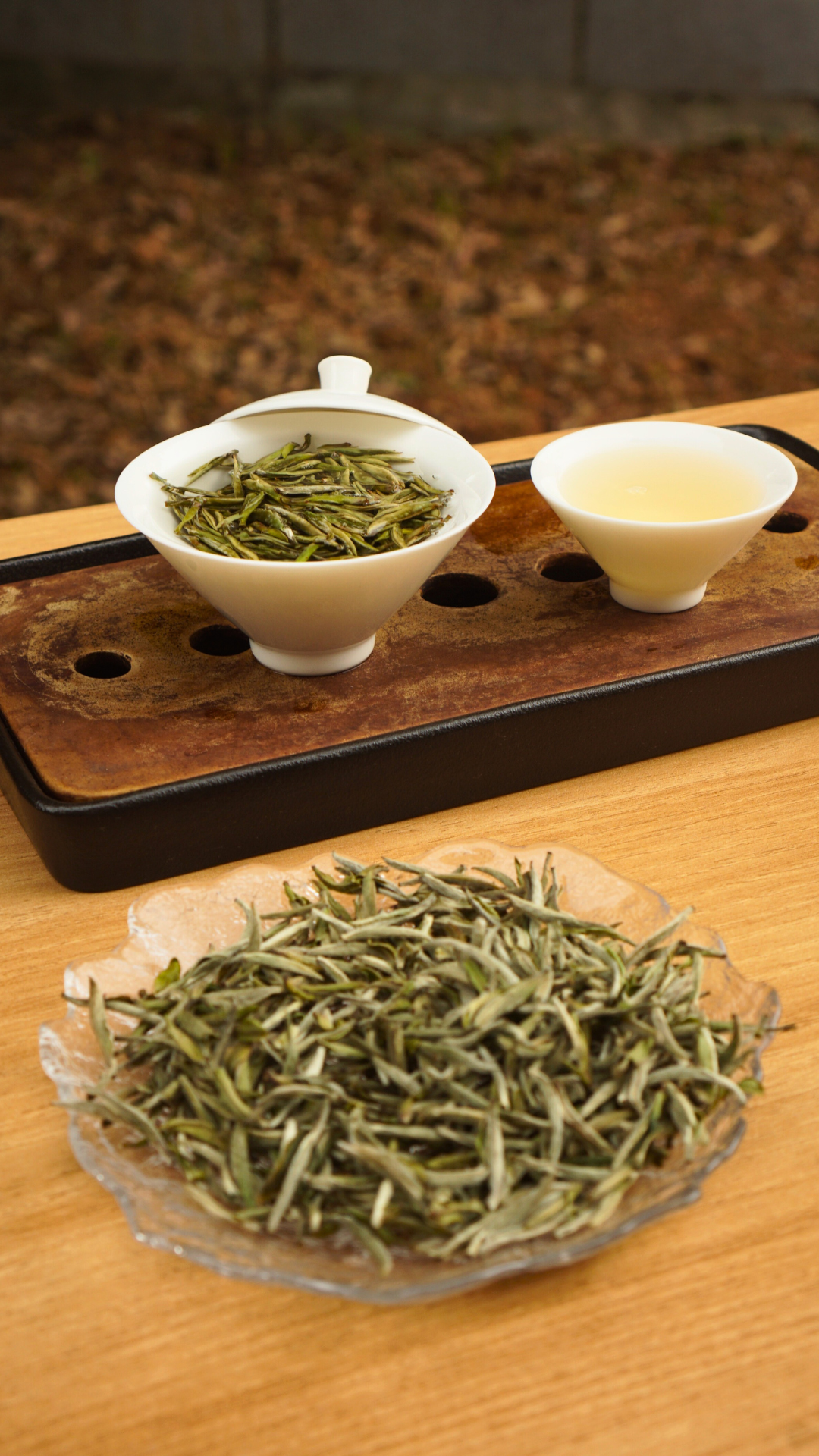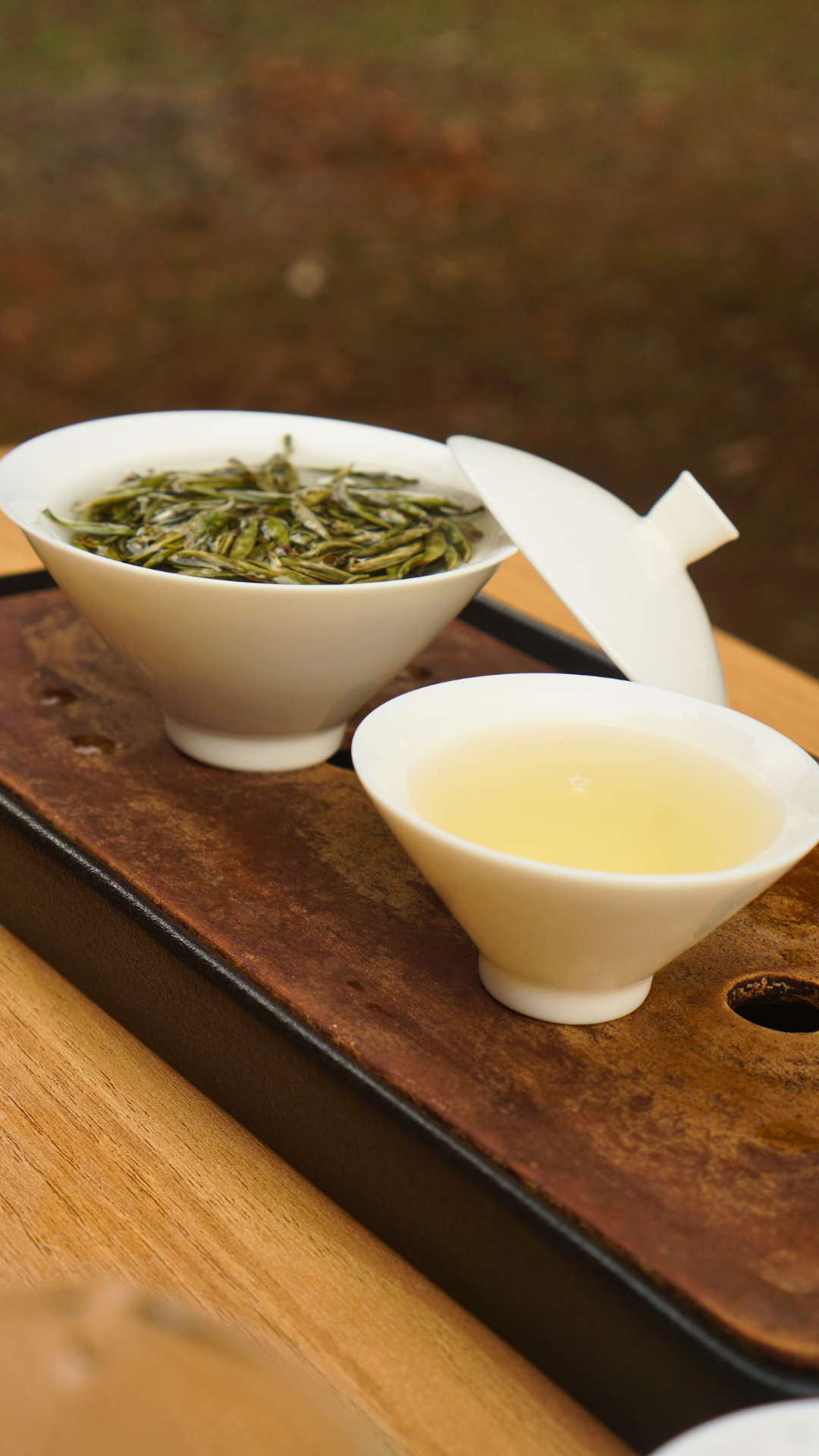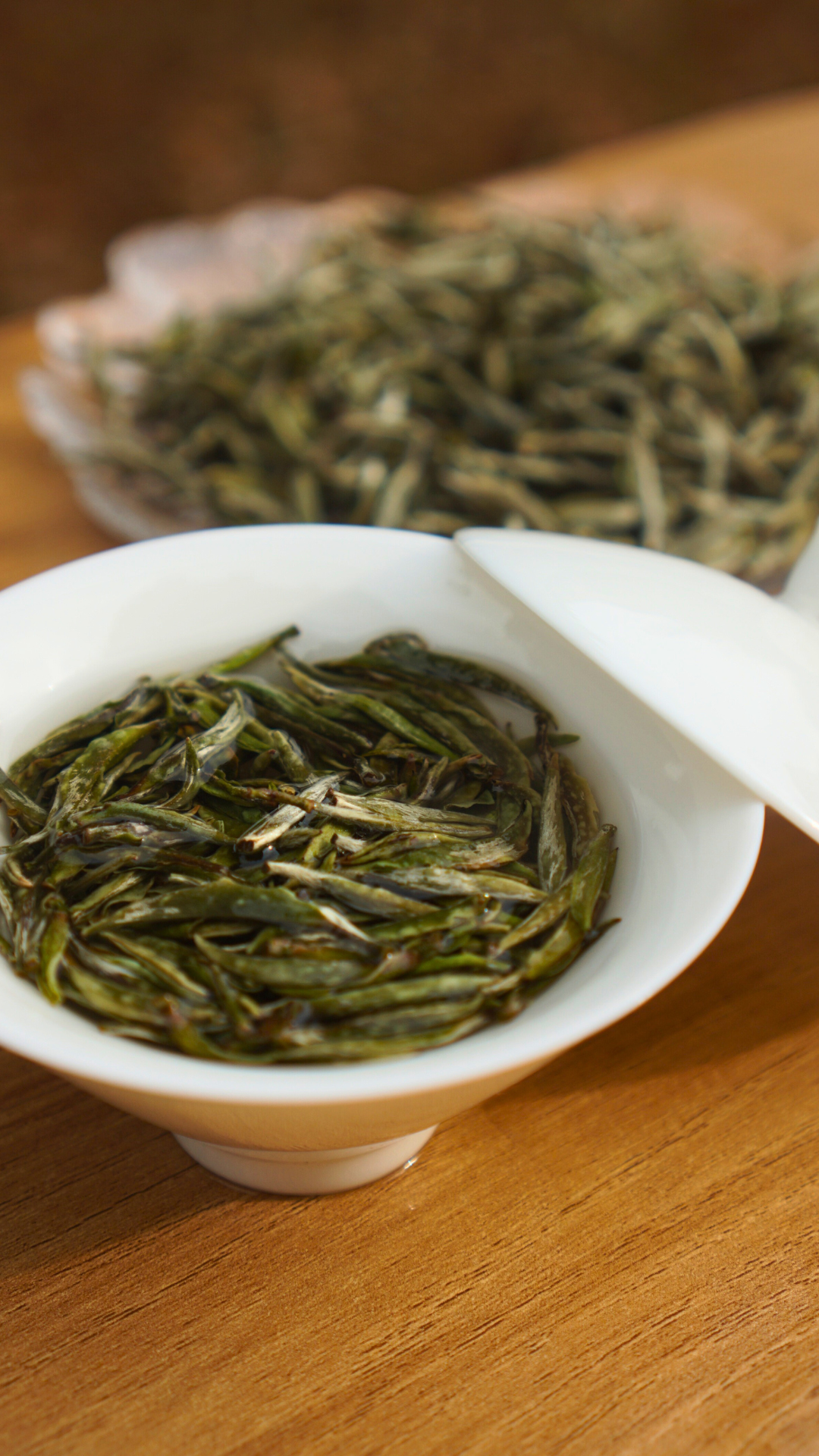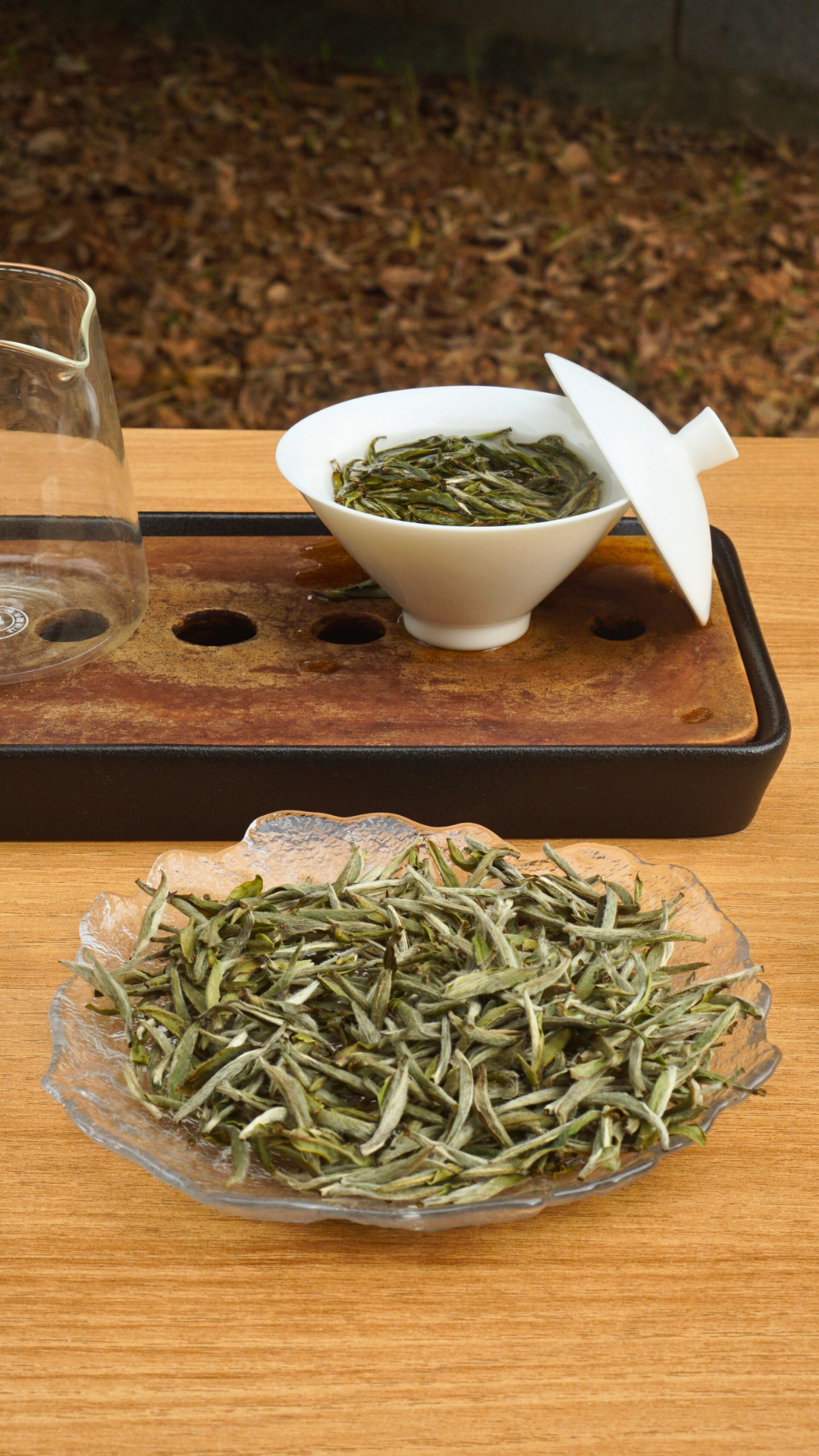Panxi Deep Mountain Bai Hao Yin Zhen
Panxi Deep Mountain Bai Hao Yin Zhen
磻溪深山老树白毫银针
Bai Hao Yin Zhen-White Downy Tip Silver Needle is made using single buds as raw material and processed according to the white tea processing method.
Fujian Province(福建省) is the main production area for White Downy Tip Silver Needle. Further divided into Beilu(Northern)Yin Zhen(Silver Needle)(北路银针) and Nanlu(Southern)Yin Zhen(Silver Needle)(南路银针).
Beilu(Northern) Yin Zhen(Silver Needle): Produced in Fuding(福鼎), Fujian, with tea trees of the Fuding Dabai tea variety (also known as Fuding White Hair)(福鼎大白毫). It has an elegant appearance, robust buds, thick and dense white hairs, and a glossy finish. The tea soup has an apricot-yellow color, a light fragrance, and a mellow taste.
Nanlu(Southern) Yin Zhen(Silver Needle): Produced in Zhenghe(政和), Fujian, with tea trees of the Zhenghe Dabai tea variety(政和大白茶). Its appearance is sturdier with longer buds, slightly thinner white hairs, and less luster compared to Fuding(福鼎) Silver Needle. However, it has a fresh aroma and a rich, strong flavor.
This Bai Hao Yin Zhen (White Downy Tip Silver Needle) is sourced from the high mountain tea gardens of Fuding(福鼎), Panxi(磻溪), and is made from the first flush of fresh, tender buds picked before the Qingming Festival from mature Da Bai tea trees(福鼎大白毫茶树).
The tea trees, aged 40-50 years, grow naturally and wildly with a bold, unrestrained character, towering well above human height. Harvesting requires the use of ladders or stools to reach and break off the buds from the tall tea trees, leaving a distinct horseshoe-shaped mark at the ends.
Since this white tip silver needle white tea is harvested directly from the trees and consists of the first batch of pre-Qingming buds, it contains a small amount of fish leaves. (For more information on fish leaves, you can click the link to learn more.)
This Bai Hao Yin Zhen (White Downy Tip Silver Needle) white tea is made entirely of buds. The tea buds are plump and robust, covered with a dense layer of fine white hairs that are thick and lustrous, with an overall appearance of white hues tinged with a faint pale yellow-green.
Among the buds, you can occasionally spot a few tender fish leaves. The dry tea exudes a distinct orchid fragrance that is pure, elegant, and captivating.
When brewed with hot water, the tea soup takes on a pale green color, clear, bright, and translucent, with a gentle, warm luster.
The brewed tea leaves at the bottom showcase a fresh, tender, and glossy green, radiating vitality. Upon tasting, the tea soup delivers a fresh, sweet flavor, accented by a subtle hint of orchid aroma, with the crispness and character typical of high-mountain teas, leaving an unforgettable aftertaste.
This batch of Panxi High Mountain Bai Hao Yin Zhen (White Downy Tip Silver Needle) is considered a top representative of the highest-quality Northern Silver Needle available on the market. It is extremely rare.
Picking and Processing
Picking and Processing

The production process of white tea generally consists of two steps: withering and drying, with withering being the key stage.
Withering can be divided into indoor natural withering, mixed withering, and heated withering. It must be flexibly adapted to the climate, and for sunny spring and autumn days or clear summer days without oppressive heat, indoor withering or mixed withering is preferred.
The refining process involves removing stems, flakes, wax leaves, red leaves, and dark leaves, then baking over a gentle heat until sufficiently dry. This enhances the tea’s aroma with a subtle roasted scent. When the moisture content reaches 4%–5%, the tea is packed while still warm. The hallmark of white tea processing is that it neither destroys enzyme activity nor promotes oxidation, instead allowing for mild natural oxidation while maintaining the delicate aroma of the tea buds and a fresh and brisk flavor in the brew.

- Picking
White tea is picked when temperatures allow for tender, fresh leaves with one bud and one unfolding leaf in a jade white color. The process involves picking early, picking tender leaves, picking frequently, and ensuring clean picking. Buds and leaves must be uniform in size and shape, and the stems kept short. The tea is handled gently during harvesting, placed lightly in bamboo baskets, and transported in bamboo containers.

- Withering
Freshly picked leaves are spread evenly on bamboo trays in a thin layer and should not be disturbed. After spreading, the type of withering—indoor natural withering, mixed withering, or heated withering—is chosen based on the climate conditions and leaf grade. When the leaves are 70%–80% dry, both indoor natural withering and mixed withering require sieving.

- Drying
Initial drying: Dryer temperature at 100–120℃ for 10 minutes. Cooling: Spread and cool for 15 minutes. Re-drying: Dryer temperature lowered to 80–90℃, with low-temperature long drying at around 70℃.

- Storage
Dried tea leaves should have a moisture content of 5% or less and be stored at room temperature.
Brewing
Brewing
The brewing methods for new white tea, such as Baihao Yinzhen(silver needle downy tips) and Bai Mudan(white peony), are basically the same as those for green tea. However, since white tea is not rolled, the tea juices are not easily extracted, so the steeping time should be relatively longer.

Generally, 3–5 grams of white tea can be placed in a colorless, transparent glass cup that has been rinsed with boiling water. Add 200 milliliters of boiling water. At the beginning, the tea buds float on the water's surface. After 5–6 minutes, some buds will sink to the bottom of the cup, while others will suspend near the upper portion of the tea infusion. At this point, the tea buds stand upright, crossing up and down, resembling stalactites; it is quite a spectacle. After about 10 minutes, the tea infusion turns golden yellow and can be enjoyed. During this time, you can enjoy the sight while sipping the tea, washing away worldly distractions and filling yourself with pleasant interest.

You can also use a white porcelain gaiwan. Add 3–5 grams of white tea and pour in 150 milliliters of 95°C hot water. Cover and steep for about 2 minutes, then pour the tea infusion into a serving pitcher.
If you prefer the light and delicate aroma and taste of white tea, you can pour out the tea infusion after steeping for just 20 seconds. For subsequent brews, gradually increase the steeping time.

Aged white teas, such as Gongmei and Shoumei, can be cooked:
Aged white tea can either be cooked directly or brewed a few times before cooking. Choose a suitable utensil for brewing tea, such as a ceramic teapot, iron kettle, silver pot, or glass teapot. Place a proper amount of aged white tea, such as Shoumei or Gongmei, into the pot and add room-temperature water. Heat it until boiling, and let it simmer for a few minutes. The cooking time can be adjusted based on personal taste. Pour the cooked tea into a fairness cup, then distribute it into smaller tasting cups for drinking.
*Note:*
New white tea tends to become astringent when cooked for too long, so it’s not recommended to cook new tea. Likewise, Baihao Yinzhen and Bai Mudan, which are relatively tender, are not suitable for cooking.

When cooking aged white tea, you can also add other ingredients, such as red dates, honey, goji berries, lemon, dried tangerine peel, fruits, or dried flowers (jasmine, chrysanthemum, rose, osmanthus, etc.). This adds a special flavor unique to each addition and can also provide certain health benefits. For example, red date white tea combines the heat-clearing, fire-reducing properties of white tea with the qi and blood-boosting effects of red dates. Mixing an appropriate amount of aged white tea with red dates helps to improve digestion and boost blood health, making it ideal for consumption during the autumn and winter seasons.
The cold-brew method is suitable for high-grade white buds, such as Baihao Yinzhen and Bai Mudan:

Find a suitably sized kettle or bottle. Add an appropriate amount of loose tea, with the quantity adjustable based on personal preference. Add sufficient cold water (filling the container is fine) and optionally some ice cubes. After 1–2 hours, it’s ready to drink, or you can refrigerate it overnight. By the next day, you’ll have a chilled, sweet, and mellow cold-brew tea.
Cold-brewed tea is very suitable for hot weather. However, for those with sensitive digestion or weak stomachs, it’s best not to drink too much cold-brewed white tea. It’s recommended for such individuals to drink more warm white tea instead.
White Tea Storage
White Tea Storage
White tea is easy to store, as it can be preserved for a long time under dry, light-proof, and odor-free conditions.
In Fuding's folk culture, there is a saying, "One year as tea, three years as medicine, seven years as treasure," suggesting that the older the white tea, the higher its medicinal value.
In fact, research comparing the health benefits of white tea stored for 1 year, 5 years, and 20 years has confirmed that with extended storage time, aged white tea demonstrates better effects in anti-inflammatory, antiviral, blood sugar-lowering, uric acid-reducing, and repairing alcohol-induced liver damage compared to fresh white tea. This is because, as the years go by, the flavonoid content in white tea increases, enhancing its antioxidant and anticancer effects.
Additionally, aged white tea is detoxifying without causing a cooling effect on the body and has a sweeter, smoother, and mellower taste compared to new tea.
The longer it is stored, the more its aroma evolves: fresh white tea from the same year has a unique "silver needle fragrance with honey notes," transitioning to a lotus leaf aroma after 3–8 years, a jujube-like fragrance after 8–15 years, and a herbal scent after 15 years or more.
Meanwhile, for high-grade white teas like Baihao Yinzhen (Silver Needle) and Bai Mudan (White Peony), the optimal drinking period is usually around 3 to 5 years.
After being stored for a certain number of years, the astringency of the fresh tea fades, leaving behind a sweet and mellow taste, making it ideal for consumption.
Good aged white tea has a liquor color resembling amber, bright and glossy. Its flavor is rich and full-bodied, smoother on the palate, with sweetness and viscosity gradually increasing. The dry leaves exude a sweet aroma, and upon careful observation, you can detect a subtle lotus fragrance.
The moment the tea is brewed, the liquor's golden hue is alluring. Upon tasting, the sweetness bursts on the taste buds, filling the heart with delight. It feels smooth and soothing, bringing a sense of serenity and physical comfort with every sip.

- Loose White Tea
- 500g/pouch
- Free Shipping
Couldn't load pickup availability
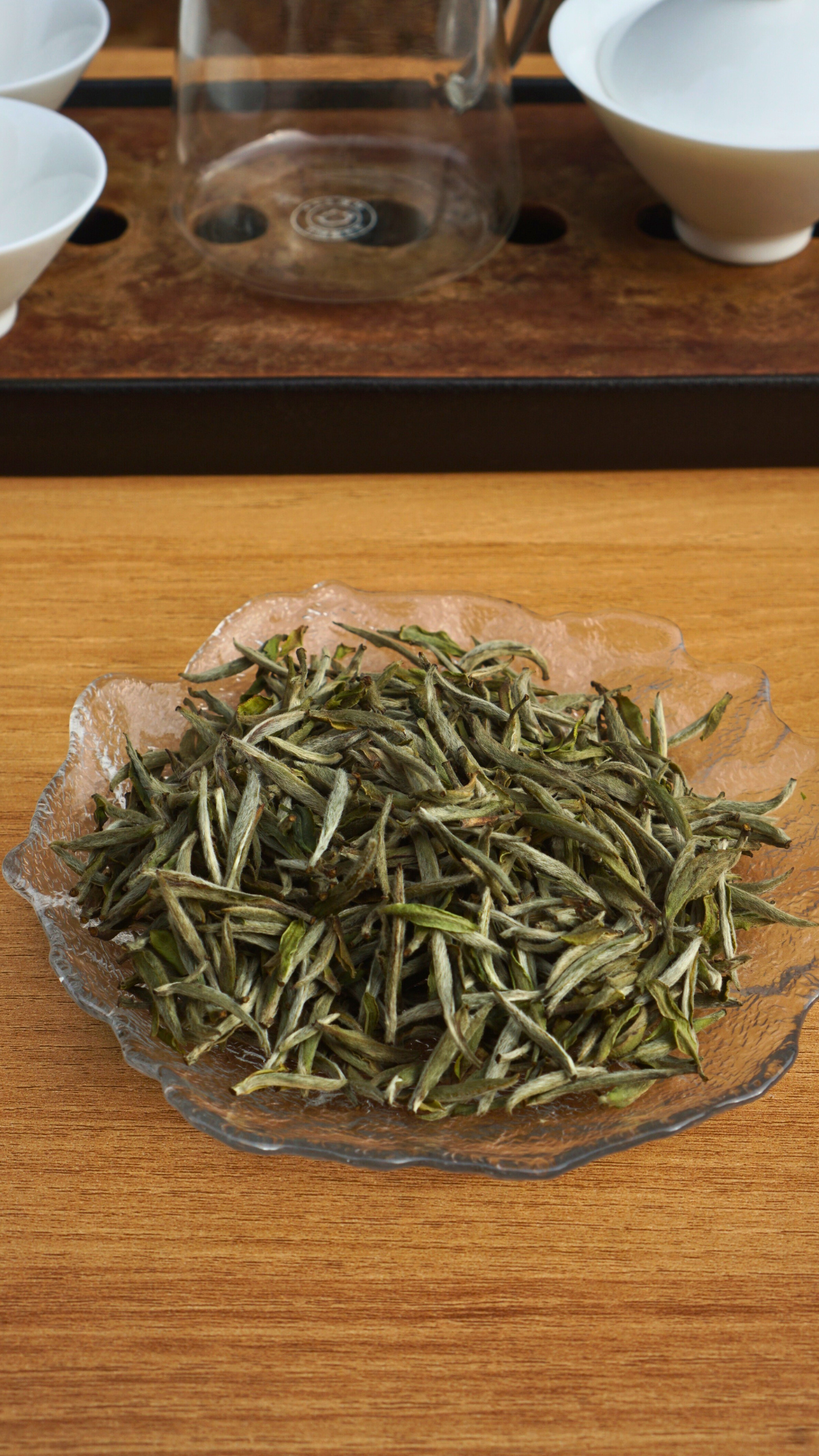


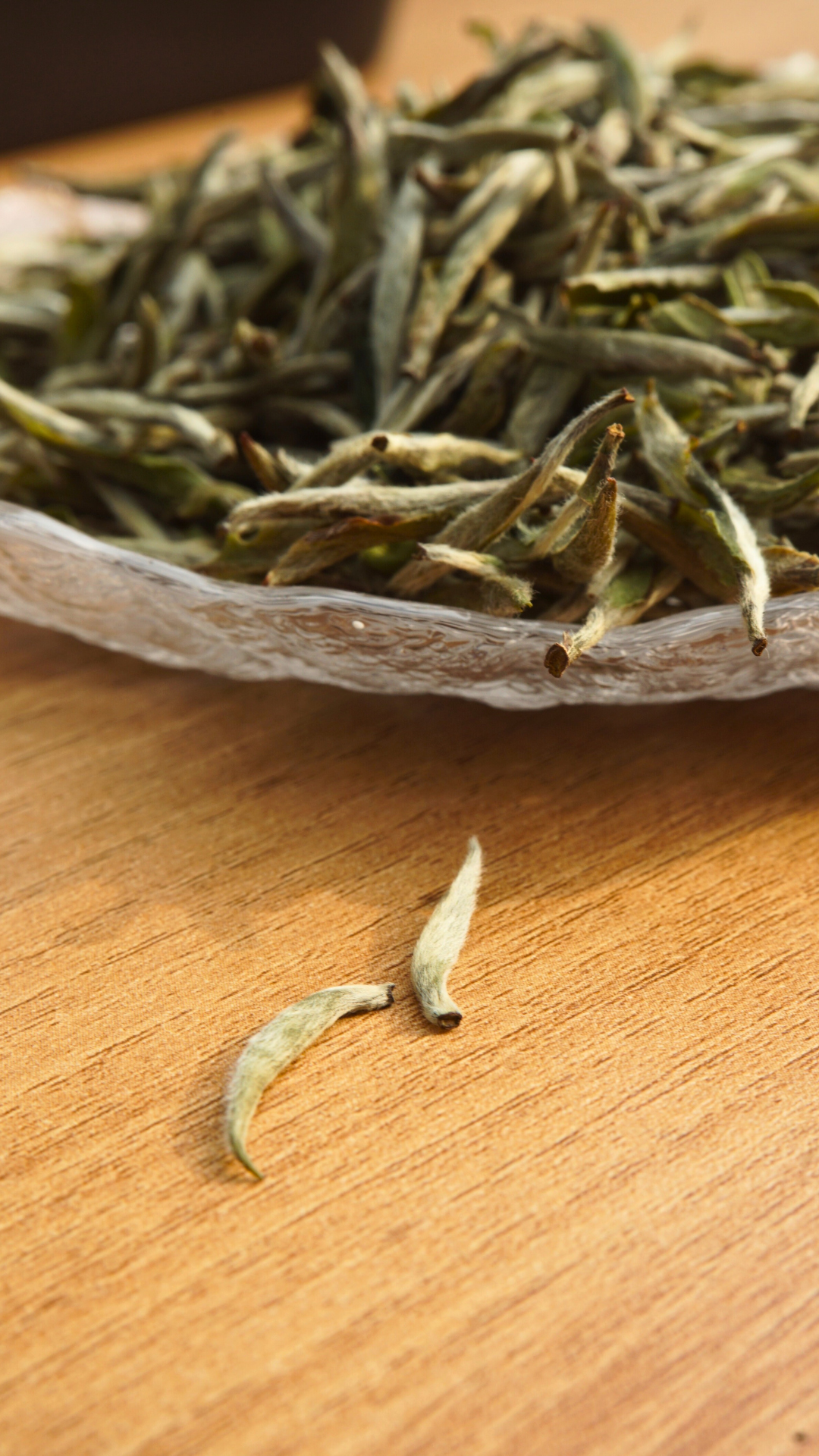


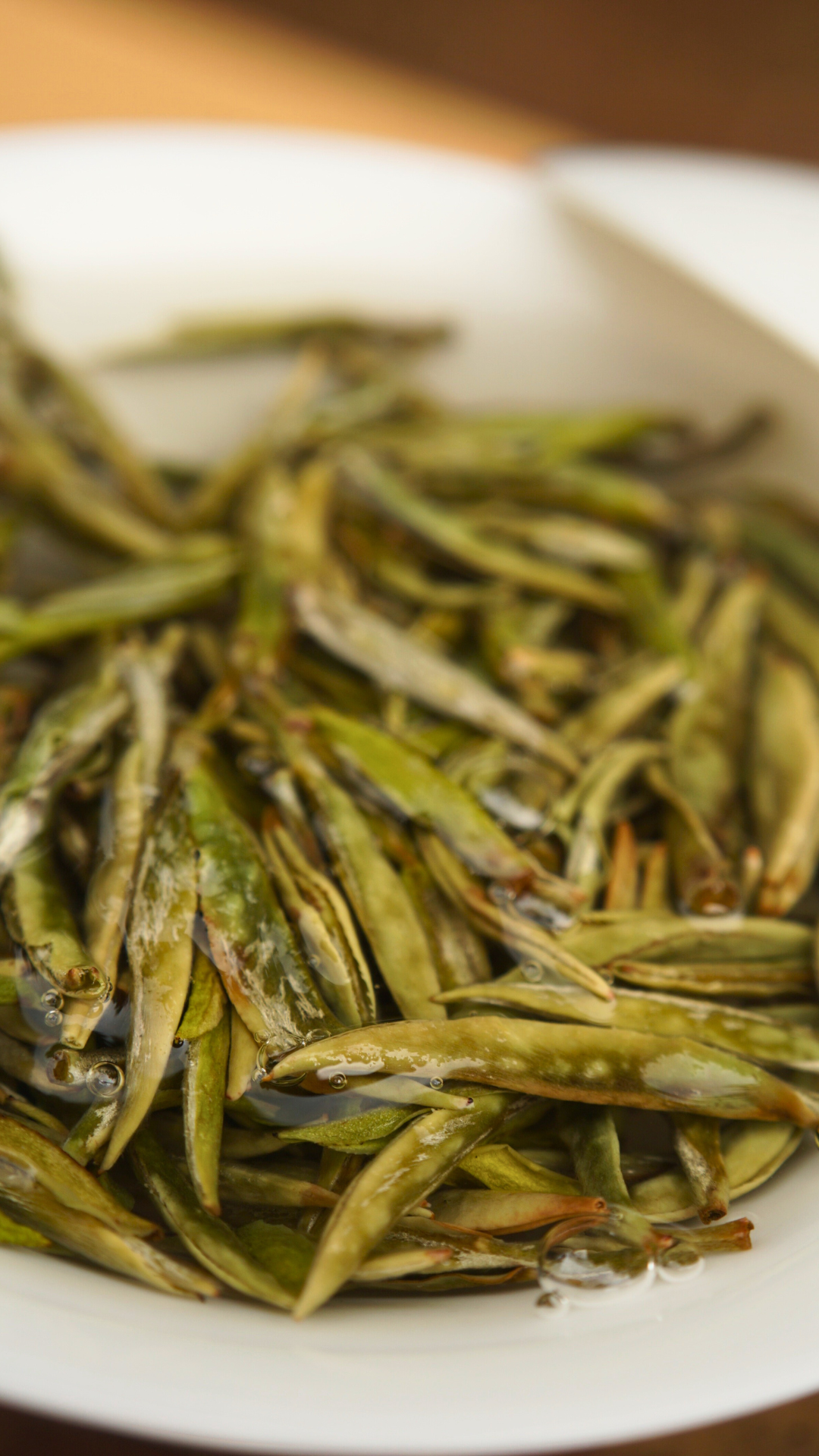

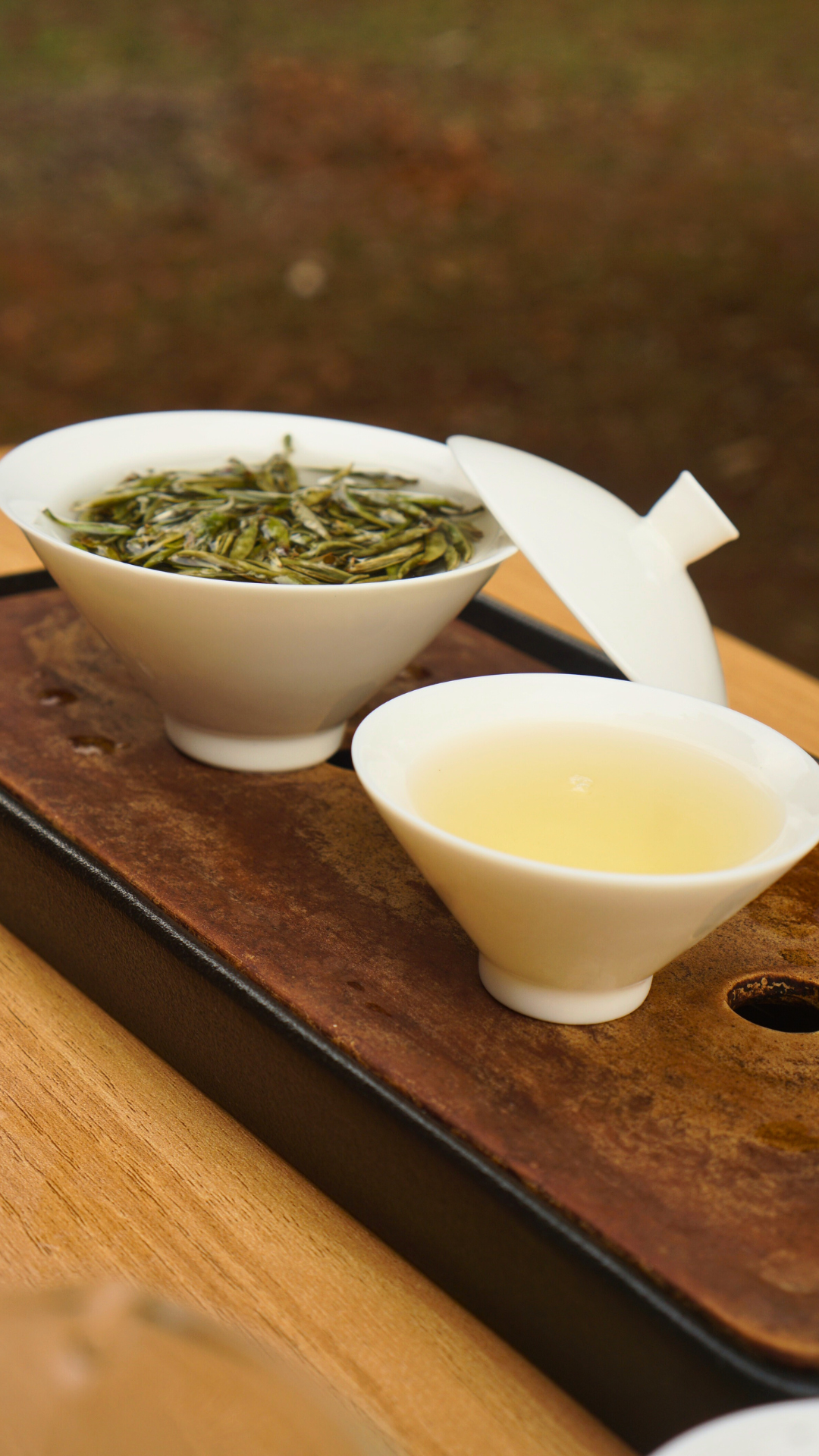

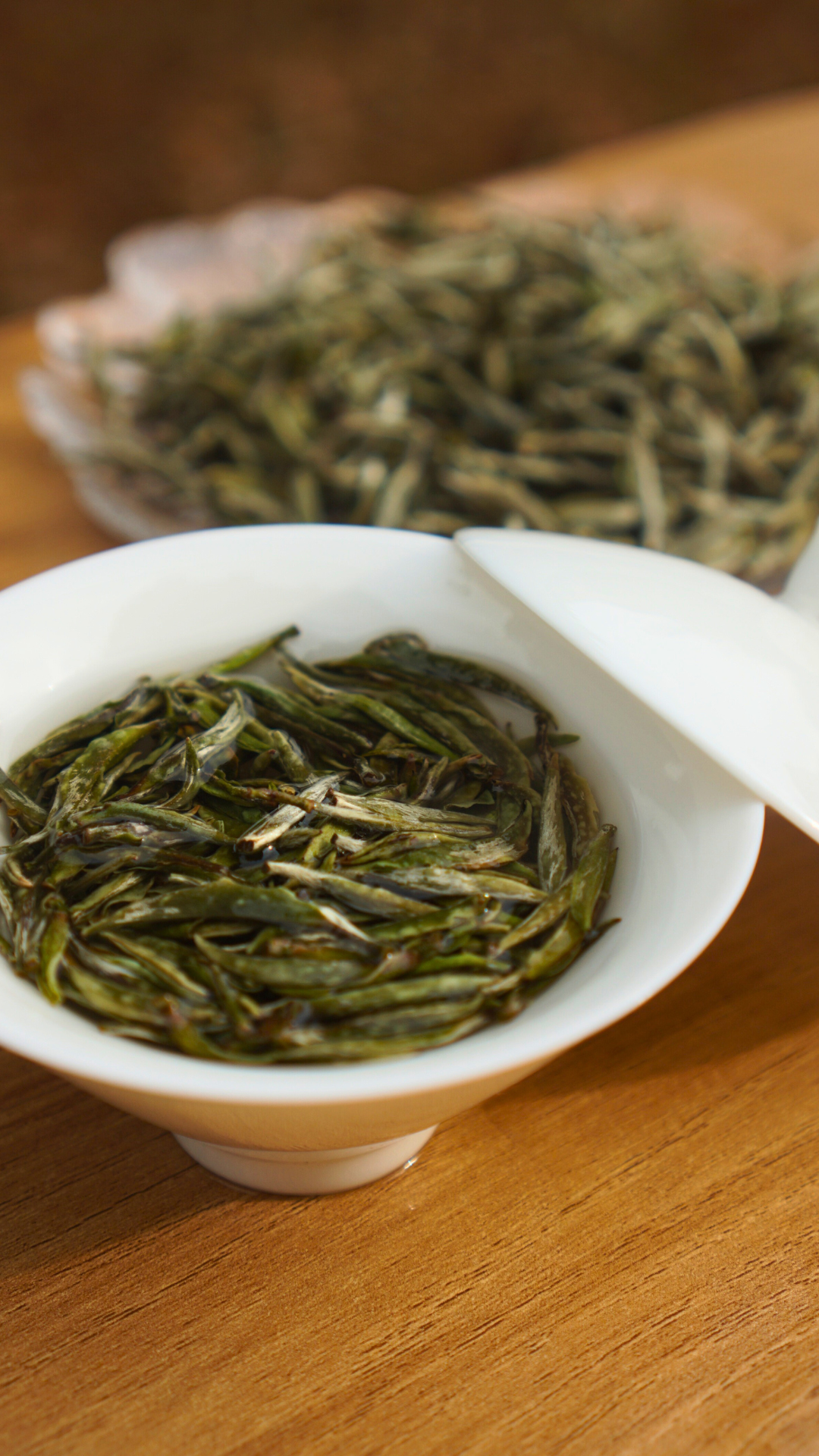
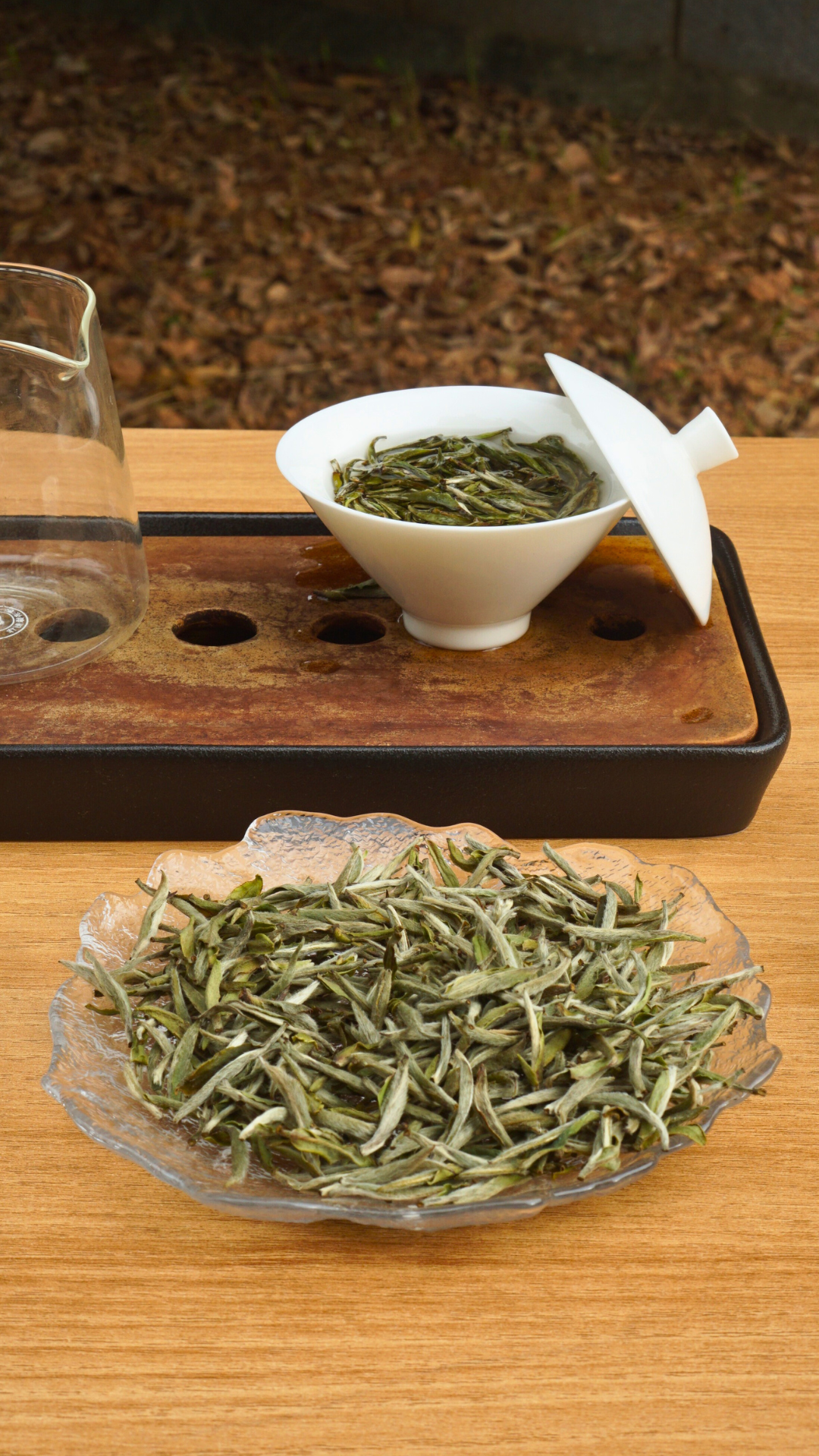
After comparing several different silver needle teas, this one is my favorite so far. I like this type with short and thick buds; such teas are usually more fragrant, and the tea soup is sweeter and richer. I plan to store half of it to drink next year or the year after—it should taste even better by then.

